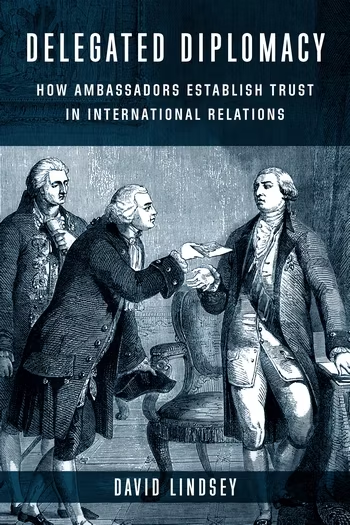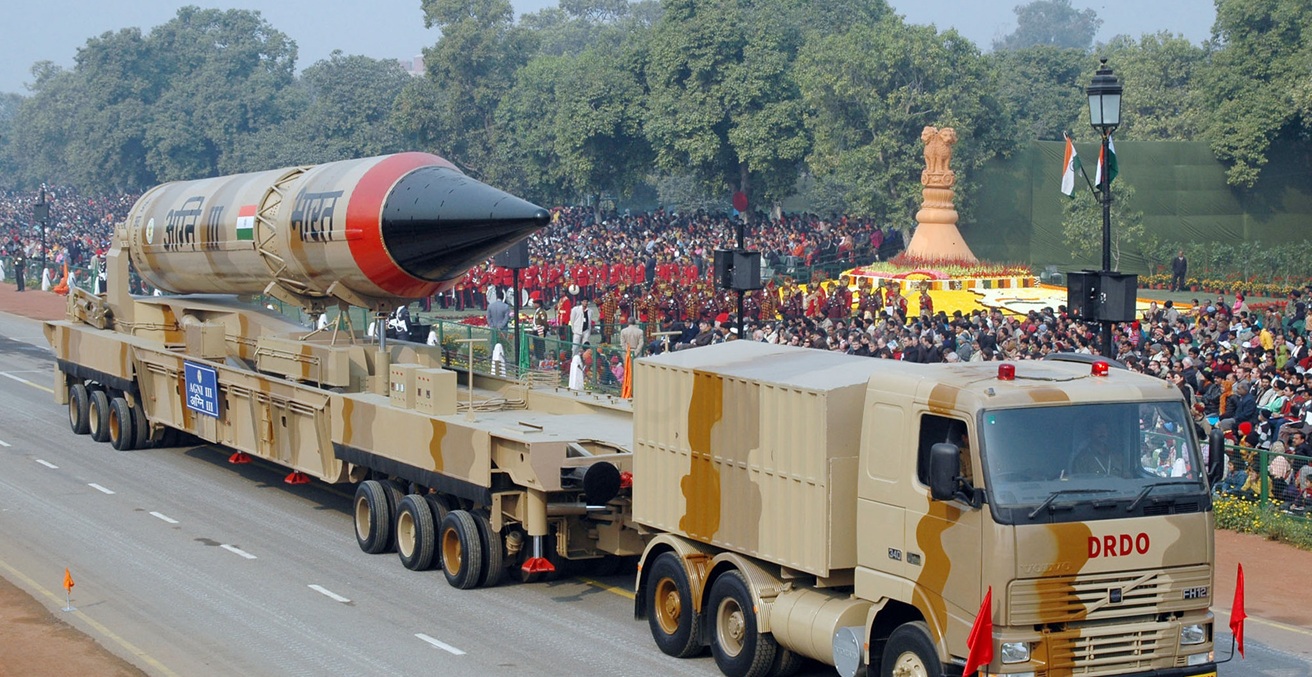Harrison’s groundbreaking study reveals how military conscription has been weaponised as a tool of genocide, with devastating case studies from the Ottoman Empire and Hungary. It’s prescriptions for contemporary rights abuses are many and relevant to current conflicts.
Christopher Harrison has written a groundbreaking book that touches on central debates in comparative genocide studies. Intersections of war and genocide have been well studied, but Harrison’s comparative treatment is fresh. He seeks to examine how “some genocidal states have used what is otherwise a legitimate security policy – conscription – to commit genocide by sending its targets to die in war or by massacring them.” A state’s military thereby “becomes a vehicle to kill and kill off unwanted men,” especially those “from historically disenfranchised groups.”
A key concept in the text is “genocide by wastage,” denoting “a state’s intent and actions to destroy members of an identified national, ethnic, racial, or religious group by placing them into deadly wartime environments in which those targets die.” Mass, conscription-based warfare “opened up a new capacity to genocidal states,” who could “capture and destroy their targets while claiming that these operations were a part of some legitimate form of security practices.” Harrison draws effectively on earlier scholarship in genocide studies, from the field’s founder Raphael Lemkin through Richard L. Rubenstein’s important and under-recognised work, The Age of Triage.
Harrison examines genocidal conscription in the context of two twentieth-century case-studies. The first is relatively well-known, certainly to genocide scholars: the Ottoman conscription of Armenian and other Christian males into “labor battalions,” whereupon they were either massacred upon being gathered, disarmed later and murdered, or worked to death in exterminatory conditions. An estimated 80 to 90 percent of Armenian, Assyrian, and Greek recruits were killed in this process. Harrison makes solid use of the Committee of Union and Progress’s (CUP’s) so-called “Ten Commandments” regarding the Armenian population, issued by the ruling triumvirate in December 1914 and January. The relevant orders were to “collect arms,” “apply measures to exterminate all males under fifty, priests and teachers, leav[ing] girls [women] and children to be Islamised,” and “kill off in an appropriate manner all Armenians in the army – this to be left to the military to do.” It is chilling documentation of intent and advance planning for genocide by military-institutional means.
The second case-study was unfamiliar to me, and I suspect it will be revelatory to most readers. Harrison examines Hungarian conscription policies during the period of the Axis alliance with Nazi Germany, and how they evolved from “an inclusive form of military organisation” to policies that “conscript[ed] many thousands of [Jewish Hungarian] men not to serve and fight in combat but to exploit and then destroy them in the years prior to the Nazi and Arrow Cross actions of 1944,” which presaged the final phase of death-camp extermination at Auschwitz. Antisemitic measures preceded Hungary’s formal alliance with the Nazis; prior to World War Two, the country had already begun to devise a two-tiered “modern army … that cemented its fascist ethno-nationalist divide.” All Jewish soldiers were disarmed by decree in April 1941. Jewish soldiers thereafter became “expendable auxiliaries without rank,” used for such atrocious enterprises as clearing minefields with their bodies. The state slaughtered an estimated 50,000 to 70,000 Jewish Hungarian men by these means.
There are two aspects of the conscription-as-genocide phenomenon that may merit greater attention. The first concerns institutions which may not evince targeting of an ethnic, national, racial or religious group, but simply a mass wastage of young men’s lives. In his study, Furies: War in Europe 1450-1700, Lauro Martines writes that during the mid-seventeenth century, “the mortality rate in French armies, even in peacetime, could attain a yearly average of 25 percent, while, for the entire century, European armies in general seem to have been ravaged at the rate of about 20 to 25 percent per year. By contrast, the annual death rates for civilian populations were in the range of 3 to 4 percent, or even very much lower among young men between the ages of seventeen and twenty-six.” Recruitment practices were certainly not as streamlined and efficient as they would later become, but such mind-boggling mortality rates suggest a kind of generalised wastage, at least among the male sex.
I wonder also about military service as an escape from genocide. Soviet prisoners-of-war, held under exterminatory conditions on the eastern front during World War Two, literally begged to be recruited by Nazi forces to avoid death by starvation, exposure, and disease. In numerous ethnically-tinged civil wars, “out-group” members recruited into militias, paramilitary forces, “self-defence” formations, and the like may see military service as offering protection from the government’s genocidal campaigns against their fellows, as in Guatemala and Peru during the 1980s–even if the state views them as targets of disproportionate wastage. Harrison cites cases where members of certain minority groups have eagerly volunteered for military service, to symbolise their group’s assimilation in and loyalty to the body politic. In the cited instances of Armenians and German Jews, the strategy failed; but that it was considered viable seems notable.
Harrison’s concluding chapter examines potential cases of genocidal conscription in today’s world, citing countries that will be familiar from the list of severe human-rights abusers in recent times: Afghanistan, China, Eritrea, Ethiopia, Russia, South Sudan, Sudan, and Syria. One misses some individual and anecdotal accounts of such practices in operation, but Harrison succeeds in conveying that the conditions for genocidal conscription are still widespread and require urgent attention. He offers well-thought-out proposals to limit the destructiveness of conscription practices, including “redefin[ing] mandatory service to comply with safe working conditions,” “decentralis[ing] the security norm that has traditionally led states to expend the lives of young adult males,” and “open[ing] pathways of asylum for members of communities at risk of becoming targets of deadly subordinated forms of conscription.”
It is striking to see the author’s prescriptions followed by a 2019 quote from the United Nations High Commissioner for Refugees (UNHCR), declaring that “States are entitled to require citizens to perform military service for military purposes; and this does not in itself violate an individual’s rights.” Harrison calls this a “deadly and abusive assumption.” It is hard to disagree after finishing his book. The author is to be commended for placing genocidal conscription squarely on the agendas of global humanitarianism and comparative genocide studies.
This is a review of Christopher Harrison’s Genocidal Conscription: Drafting Victims and Perpetrators under the Guise of War (Lanham, MD: Lexington Books, 2023). ISBN: 9781666925678.
Adam Jones is a Professor of Political Science at the University of British Columbia Okanagan.
This review is published under a Creative Commons License and may be republished with attribution.




